PM-KUSUM (Pradhan Mantri Kisan Urja Suraksha evam Utthaan Mahabhiyan) scheme in India aims to promote the use of solar energy among farmers. To ensure the financial viability and operational efficiency of solar power plants under this scheme, a minimum capacity utilization factor (CUF) of 19% over the 25 years lifetime of a plant without deration is required. This whitepaper provides a comprehensive guide for developers on how to achieve this goal with a focus on selecting the correct solar panels.
What is CUF?
Capacity Utilization Factor (CUF) is a measure of how effectively the installed capacity of a solar power plant is utilized. It is defined as the ratio of actual energy generated by the plant over a specific period (typically a year) to the maximum possible energy that could have been generated at continuous full power operation during the same period.
Mathematically, it is: CUF = Plant output in kWh / (Installed plant capacity (AC) in kW x 365 × 24)
Meeting the minimum CUF of 19% is crucial for ensuring financial returns and viability, compliance with PM-KUSUM scheme Component C (feeder level solarization) requirements, and sustaining long-term operational efficiency.
Key factors influencing CUF
Solar irradiance
Solar irradiance is the power per unit area received from the Sun in the form of electromagnetic radiation. Locations with higher solar irradiance, such as Rajasthan, are more favorable for achieving higher CUF.
System losses
System losses include shading, dust, AC and DC wiring losses, inverter losses, array mismatch losses and temperature-related losses. Minimizing these losses is essential for maintaining high CUF.
Panel quality and degradation
The choice of solar panels directly impacts the solar power plant’s CUF. Solar Panels with lower degradation rates and higher efficiency can maintain performance over the plant’s lifetime.
Choosing the correct solar panels
Types of solar panels
Polycrystalline panels: Generally less expensive but also less efficient than monocrystalline panels.
Monocrystalline panels: Known for their high efficiency and longevity. They perform well in conditions of low solar irradiance and have lower degradation rates. Newer monocrystalline panels also incorporate half-cut cell, multi-busbar (MBB) and bifacial technology to further improve the panel performance.
Key characteristics of solar panels
Efficiency: Higher efficiency panels convert more sunlight into electricity, thereby helping achieve higher CUF.
Temperature coefficient: Panels with a lower temperature coefficient perform better in high-temperature conditions, which is critical in regions with high ambient temperatures.
Degradation rate: Panels with lower annual degradation rates ensure that the plant maintains its performance over 25 years.
Warranty and reliability: Long-term warranties and reliable performance are essential for sustaining CUF.
Panel selection for KUSUM Scheme
To meet the minimum CUF of 19%, developers should prioritize the following criteria:
High efficiency: Panels with efficiencies above 20% are recommended.
Low degradation rate: Choose panels with low first year (less than 3%) and annual degradation rates (less than 0.7%).
Reliable warranty: While all solar panel manufacturers offer at least a 25-year performance warranty, it is recommended to select panels manufactured by a company which has been in the solar business for at least that much time, to ensure peace of mind.
NOCT and temperature coefficient: Opt for panels with a nominal operating cell temperature (NOCT) below 48°C and temperature coefficient of -0.4%/°C or better.
Optimized design using appropriate material and latest technology: Using panels manufactured with materials that lower thermal resistance lowers heating losses. Additionally, using technologies like NDC half-cutting and round ribbon helps ensure optimal performance in regions of high temperatures.
Thermal tests: Panels used should have undergone various temperature related tests to ensure good performance in high temperature:
- Thermal cycling test: 200 testing cycles between -40°C to +85°C as per IEC 61215 Standards.
- Damp heat test: 1,000 hours testing of solar panels at 85°C ± 2°C with relative humidity of 85% ± 5% as per IEC 61215 Standards.
- Humidity freeze test: 10 testing cycles (of 24 hours) between -40°C to +85°C with rapid rate of temperature change (< 100°C/h) and high humidity (85% ± 5%) at upper limit (+85°C) as per IEC 61215 Standards.
Implementation
Site assessment
Conduct a thorough site assessment to understand the solar irradiance profile, temperature ranges, and potential shading issues.
Design optimization
Optimize the plant design to reduce system losses. This includes proper spacing between panels, optimal tilt angles and orientation, and high-quality inverters.
Regular maintenance
Implement a robust maintenance plan to keep panels clean and free from obstructions, and regularly check and maintain all electrical components.
Performance monitoring
Use advanced monitoring systems to track the performance of the solar power plant in real-time and identify issues promptly.
Theoretical case study
Overview
A theoretical case study of a 1 MW solar power plant implemented under PM-KUSUM scheme demonstrates the practical application of these strategies.
Site characteristics
- Location: Rajasthan, India
- Solar Irradiance: 5.5 kWh/m2/day average (varying between 4.36 kWh/m2/day on cloudy days to 7.57 kWh/m2/day on sunny days)
- Ambient temperature: 25°C-45°C
Panel selection
- Wattage: 550 Wp
- Type: Monocrystalline PERC bifacial glass-to-backsheet
- Efficiency: 21.29%
- Degradation rate: 0.55% per year
- Temperature coefficient: -0.39%/°C
Initial performance
- Initial CUF: 22.5%
Performance projection over 25 years
Using the first year degradation of 2%, the performance after year 1 can be calculated as follows:
- After Year 1: CUF = 22.5% – (2% x 22.5%) = 22.05%
Using annual degradation rate of 0.55%, the performance projection in nth year can be calculated as:
- After Year n: CUF ≈ 22.05% x (1 – 0.55%)(n-1)
Performance after 10th and 25th year is calculated as:
- After Year 10: CUF ≈ 22.05% x (1 – 0.55%)(10-1) = 20.982%
- After Year 25: CUF ≈ 22.05% x (1 – 0.55%)(25-1) = 19.316%
Results
Projected CUF: The projected CUF after 25 years is above 19%, meeting the KUSUM scheme requirements.
Assumptions and Mitigations
- Assumptions: Consistent maintenance, minimal unexpected downtimes, and favorable weather conditions.
- Mitigations: Regular system checks, use of advanced cleaning methods, and preventive maintenance schedules.
Conclusion
Achieving and maintaining a CUF of 19% over 25 years without deration is feasible through careful selection of high-efficiency, low-degradation solar panels, and implementing robust design, maintenance, and monitoring strategies. By following the guidelines provided in this whitepaper, developers can ensure compliance with PM-KUSUM scheme and achieve sustainable, long-term performance of their solar power plants.
The views and opinions expressed in this article are the author’s own, and do not necessarily reflect those held by pv magazine.
This content is protected by copyright and may not be reused. If you want to cooperate with us and would like to reuse some of our content, please contact: editors@pv-magazine.com.
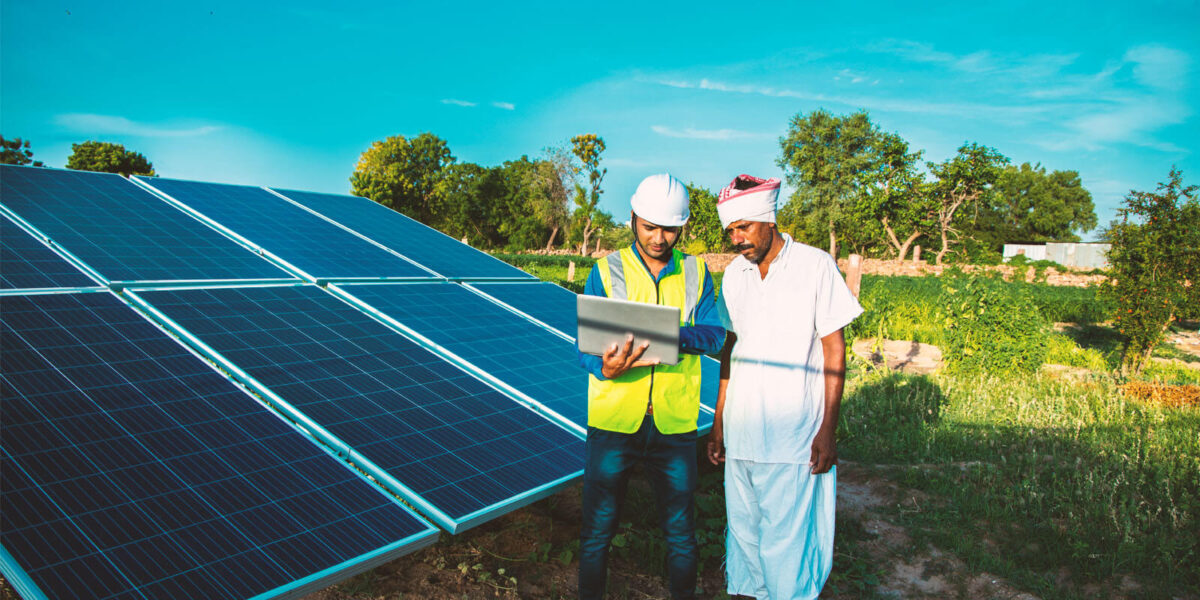



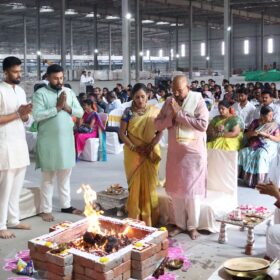
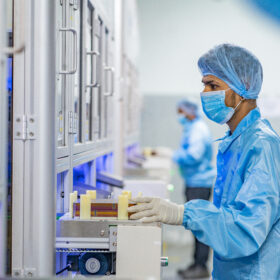
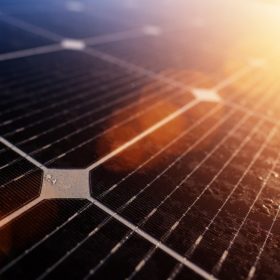
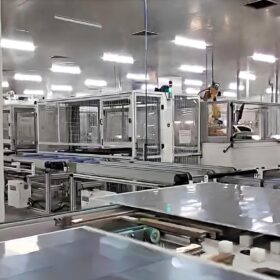
By submitting this form you agree to pv magazine using your data for the purposes of publishing your comment.
Your personal data will only be disclosed or otherwise transmitted to third parties for the purposes of spam filtering or if this is necessary for technical maintenance of the website. Any other transfer to third parties will not take place unless this is justified on the basis of applicable data protection regulations or if pv magazine is legally obliged to do so.
You may revoke this consent at any time with effect for the future, in which case your personal data will be deleted immediately. Otherwise, your data will be deleted if pv magazine has processed your request or the purpose of data storage is fulfilled.
Further information on data privacy can be found in our Data Protection Policy.